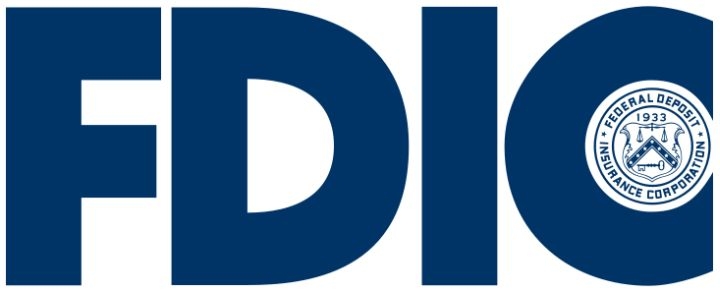
From the FDIC Press Release, June 15, 2015
Other topics include computer security for bank customers, credit scores, and a new savings account for children with disabilities
Parents and caregivers don’t have to be financial experts to teach young people to be responsible with money. The latest FDIC Consumer News features tips to help children from pre-kindergarten through college learn how to be smart about their finances. The Spring 2015 edition also includes a checklist of computer security tips for bank customers, an article about changes in credit reporting that could help some consumers improve their credit scores, and information about a new tax-advantaged savings option for families with a child with disabilities. Here’s an overview of what is in this issue.
Teaching Young People About Money: The newsletter starts with universal tips for teaching financial life lessons to children. For example, parents can discuss with their children what they are doing, and why, when making everyday financial decisions. Adults also should consider talking about why some “special offers” may not be good deals, or why to use a credit card to pay for some purchases and a debit card, cash or a check for others. Tips are tailored to different grade ranges: Pre-K-2, 3-5, 6-8 and 9-12, as well as college students. There’s also a list of financial education resources for parents and caregivers. These include parent guides in English and Spanish for Money Smart for Young People, a new financial education tool from the FDIC developed in partnership with the Consumer Financial Protection Bureau.
Computer Security Tips for Bank Customers: Consumers need to know how to protect and maintain their computer systems so they can steer clear of financial fraud. The newsletter includes suggestions for where and how to safely connect to the Internet and precautions to take when going on social networking sites, such as not divulging mom’s maiden name or a favorite pet’s name because those details can help a crook figure out and reset passwords.
Changes That Could Help Boost Credit Scores: A consumer’s credit score, which is based on information in his or her credit report, may be used to determine loan approvals, the cost of insurance, or the ability to get a new job. The article notes that scores may be improving as a result of changes in credit scoring practices. In one development, as part of an agreement in March 2015 with the New York Attorney General’s Office, the nation’s major credit bureaus said that medical debts will not appear on credit reports until they are at least 180 days past due.
A New Way to Save for Children With Disabilities: Under the Achieving a Better Life Experience Act (the ABLE Act), which was signed into law in December 2014, certain accounts for individuals with special needs will grow tax-free if the money is used for qualified expenses, such as education, housing, transportation and health care not covered by insurance. To be eligible, the beneficiary can be any age, but the disabilities must have been documented before age 26. The article includes information on how deposits in an ABLE account will be covered by federal deposit insurance.
The goal of FDIC Consumer News is to deliver timely, reliable and innovative tips and information about financial matters, free of charge. The Spring 2015 edition can be read or printed at www.fdic.gov/consumers/consumer/news/cnspr15. Check back there for coming versions of this issue for e-readers and portable audio (MP3) players. To find current and past issues, visit www.fdic.gov/consumernews or request paper copies by contacting the FDIC’s Public Information Center toll-free at 1-877-275-3342, by e-mailing publicinfo@fdic.gov, or by writing to the FDIC Public Information Center, 3501 North Fairfax Drive, Room E-1002, Arlington, VA 22226.
To receive an e-mail about each new issue of the quarterly FDIC Consumer News with links to stories, go to www.fdic.gov/about/subscriptions/index.html.
The FDIC encourages financial institutions, government agencies, consumer organizations, educators, the media, and anyone else to help make the tips and information in FDIC Consumer News widely available. The publication may be reprinted in whole or in part without permission. Please credit FDIC Consumer News. Organizations also may link to or mention the FDIC Web site.
# # #
Congress created the Federal Deposit Insurance Corporation in 1933 to restore public confidence in the nation’s banking system. The FDIC insures deposits at the nation’s banks and savings associations, 6,419 as of March 31, 2015. It promotes the safety and soundness of these institutions by identifying, monitoring and addressing risks to which they are exposed. The FDIC receives no federal tax dollars — insured financial institutions fund its operations.
FDIC press releases and other information are available on the Internet at www.fdic.gov, by subscription electronically (go to www.fdic.gov/about/subscriptions/index.html) and may also be obtained through the FDIC’s Public Information Center (877-275-3342 or 703-562-2200). PR-48-2015